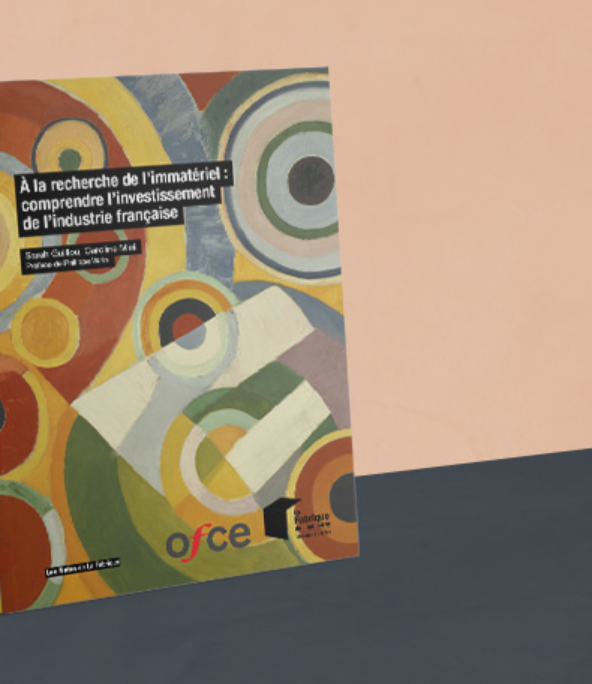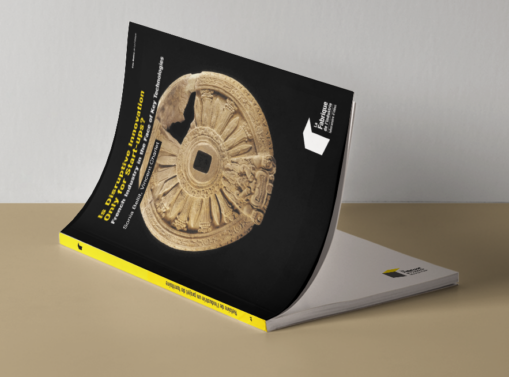In search of the intangible: understanding the investments of French industry
French manufacturing companies’ rate of investment in intangible assets is higher than that of their European partners, yet with no significant impact on competitiveness and productivity. In this document, we set out the reasons for the difference.
French manufacturing companies’ rate of investment in intangible assets, in particular in software and databases, is higher than that of their European partners, yet with no significant impact on competitiveness and productivityFrench manufacturing companies’ rate of investment in intangible assets, in particular in software and databases, is higher than that of their European partners, yet with no significant impact on competitiveness and productivity. According to national accounts, this rate represented 6.3% of value added in 2017 for software and databases, compared to 1% in Germany. The share of intangible investments in total investments (gross fixed capital formation apart from construction) is also remarkable, amounting to a reported 70% in France in 2015 compared to 52% in Germany. A previous note by La Fabrique on the efficiency of investment referred to a “paradox” that needs explanation.
In this document, we set out the reasons for the difference, which we evaluate as between 6.7 and 8.5 billion euros a year in gross fixed capital formation (GFCF), between French industry and the peer group average. We rule out explanations related to sector or structure, and show that the phenomenon can mainly be put down to different accounting practices by national statistics offices: software and databases are much more likely to be classified as capital in French data (1).
This feature is present in all manufacturing sectors, but it is particularly pronounced for computer, electronic, optical and electric products, and transport equipment. These two sectors concentrate 52% of the GFCF of software and 19.5% of French manufacturing value added. Over half of the overvaluation estimated above comes from these two sectors (from 55% to 68% depending on the method used).
That said, despite this accounting difference, expenditure on software and IT services – in other words the sum of investment and intermediate consumption – remains comparatively high in French industry, relative to value added. In other words, computer-related inputs represent a significant share of production in France. There is a “real” share of this relative overinvestment in software, which we estimate at a little over 2 billion euros a year.
Mutatis mutandis, data from company accounts paint a slightly different picture: they also show the significant share of intangible assets relative to total investment, but do not detect the acceleration in the accumulation of intangible capital expressed by macroeconomic series.
Company data also reveal a considerable disparity in intangible investments. This type of investment is highly concentrated among a handful of large investors, which can explain the weak impacts observed on aggregated productivity. Typical intangible investors are major companies that are part of a group and that export, import and make high tangible investments. They often belong to the transport sector or electronic and IT equipment sector. This excessive concentration of investment in intangibles suggests that the shift towards industry 4.0 is still only in its early stages.
(1) The countries studied in comparison with France were: Germany, Italy, the Netherlands, Spain, Sweden, the United Kingdom and the United States.




